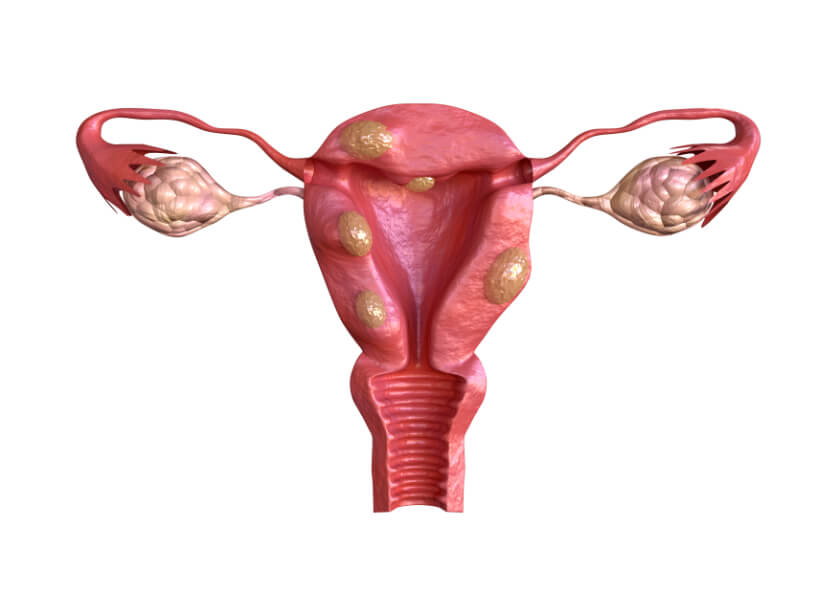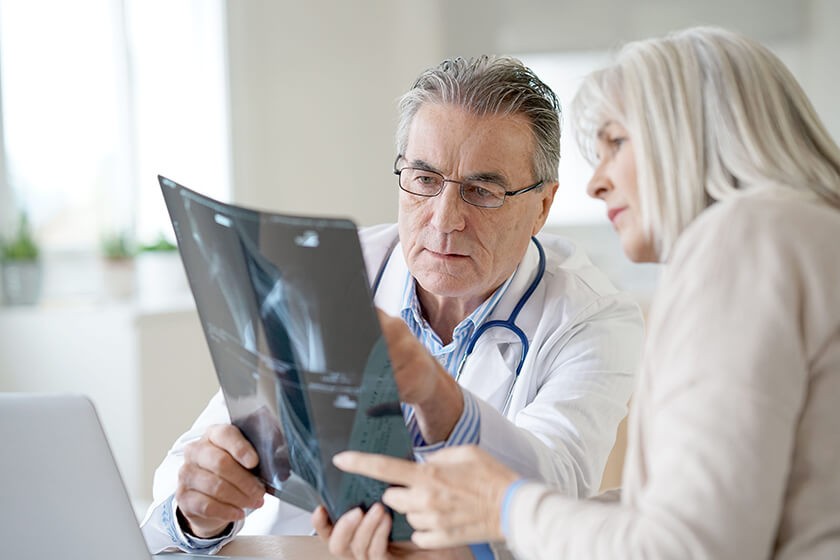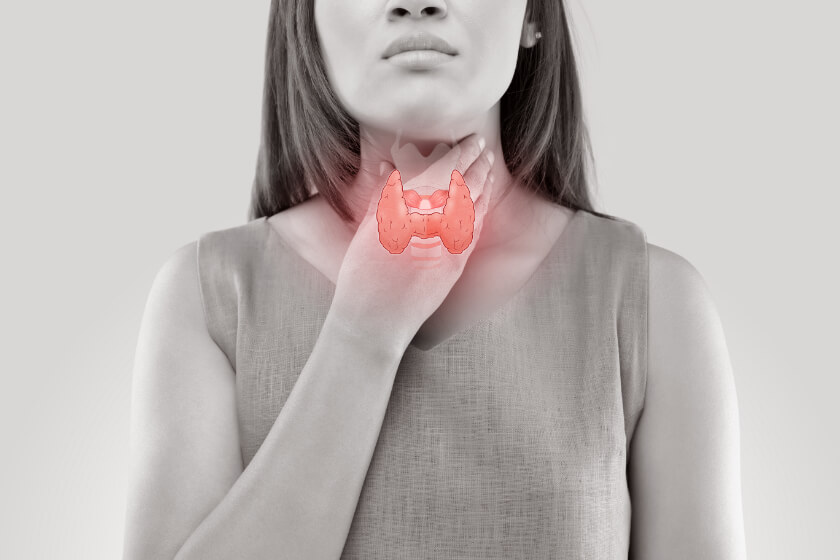
What are Fibroids?

Uterine fibroids are tumors that develop in the uterus, or womb, which is the organ of the female reproductive system in which a baby grows. An estimated 70 to 80 percent of all women will develop uterine fibroids before they reach menopause. These tumors are usually benign, or non-cancerous, in women of reproductive age and almost never develop into cancer.
Medical experts think that fibroids develop from a stem cell in the smooth muscular tissue that makes up the uterus. One cell divides repeatedly, and the resulting cells eventually create a firm, rubbery mass that is distinctly different from nearby tissue.
Not all fibroids grow in the same way, though: some grow slowly while others grow rapidly, for example, while some remain the same size. Some uterine fibroids grow in spurts. Sometimes fibroids shrink on their own. Fibroids present during pregnancy shrink or completely disappear after pregnancy, for example, as the uterus returns to its normal size.
Fibroids can range in size from “seedlings,” which are undetectable with the naked eye, to large masses that can enlarge or distort the uterus. Someone can have one fibroid or many.
Types of Fibroids
Doctors categorize fibroids according to where the tumors develop and how the fibroids are attached to the uterus. Types of fibroids include:
- Submucosal fibroids that grow down into the empty space in the middle of the uterus, where a baby grows during pregnancy; these are the most common type of fibroid
- Intramural fibroids, which grow inside the muscular walls of the uterus
- Subserosal fibroids that grow on the outside wall of the uterus
- Pedunculated fibroids that also grow on the outside of the uterus, but these uncommon fibroids are connected to the uterus with a thin stalk; often described as mushroom-like because of their appearance
Symptoms of Fibroids
Most fibroids, especially small ones, do not cause symptoms. When symptoms do appear, the symptoms are related to the size and location of the fibroids.
Symptoms of fibroids include:
- Abnormal vaginal bleeding – most common symptom when the fibroids are located in or near the lining of the uterus
- Pain and cramping – fibroids attached to the uterus by a thin stalk can twist; a rapidly-growing fibroid may outgrow its blood supply and begin to break down, or degenerate, to cause pain and cramping
- Pelvic pressure – large fibroids may press against other organs, such as the bladder to cause urinary frequency/urgency or the large bowel/rectum to cause constipation, painful bowel movements, or alter the shape of stools
Other symptoms may include bleeding between periods, frequent urination, low back pain, pain during intercourse, and difficulty getting pregnant.
What Causes Fibroids?
Medical researchers are still working to determine what exactly causes fibroids, but their research points to a number of factors that influence the development of these growths. These factors can include:
Genetic changes – many fibroids have changes in genes that are different from those in typical uterine muscle cells
Hormones – hormones that play a role in preparing the uterine lining for pregnancy, such as estrogen and progesterone, appear to support fibroid growth
Other growth factors – insulin-like growth factor and other natural substances that help maintain tissues may influence the growth of fibroids
Extracellular matrix (ECM) – fibroids contain an increased amount of ECM, which is a material that makes cells stick together; extracellular matrix also stores growth factors and causes biologic changes in the cells themselves to cause fibroids
Complications of fibroids
Fibroids can also cause complications. Uterine fibroids can press against other organs, and this pressure can cause problems in those organs. Fibroids that press against the bladder and ureters that send urine from the kidneys to the bladder can cause kidney disease, for example. Other complications from uterine fibroids can cause infertility and even pregnancy loss.
Diagnosis and Treatment of Fibroids
Fibroids are commonly detected during routine pelvic exams, when the doctor feels a firm, irregular lump on the uterus. Doctors confirm the diagnosis using medical imaging, such as ultrasound and MRI. Healthcare professionals use ultrasound most frequently, as it is quick, simple and generally accurate. Imaging with MRI helps the doctor assess the number, size, and location of uterine fibroids. Doctors use MRI to confirm a diagnosis and help determine which treatments are best for each patient. MRI can also help doctors rule out other conditions that are similar to fibroids, such as adenomyosis, which are often misdiagnosed as fibroids.
Treatment may include “watchful waiting” to see if symptoms worsen or complications develop, medications to shrink fibroids, non-invasive or minimally-invasive procedures, and traditional surgical procedures.
For more information on fibroids, speak with your doctor. If you have symptoms of fibroids or have other reasons to think you have fibroids, an accurate diagnosis and prompt treatment can help alleviate your symptoms and ease your mind.





